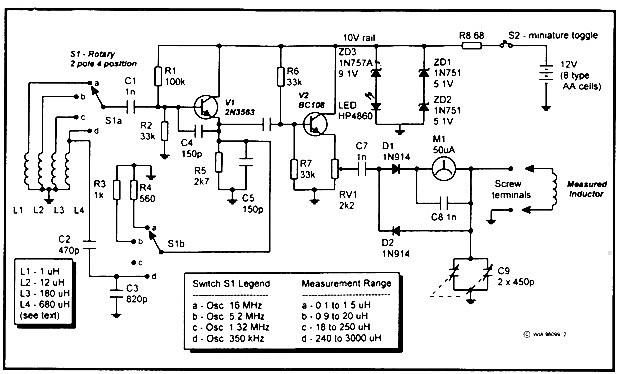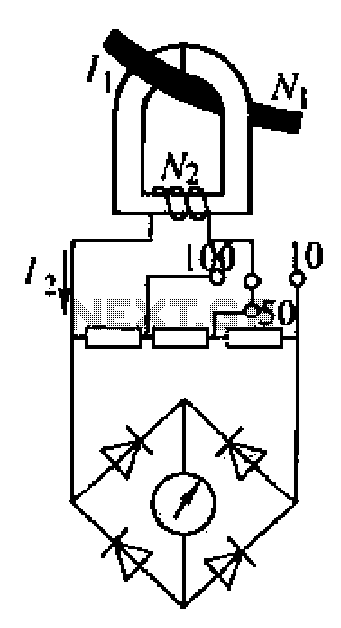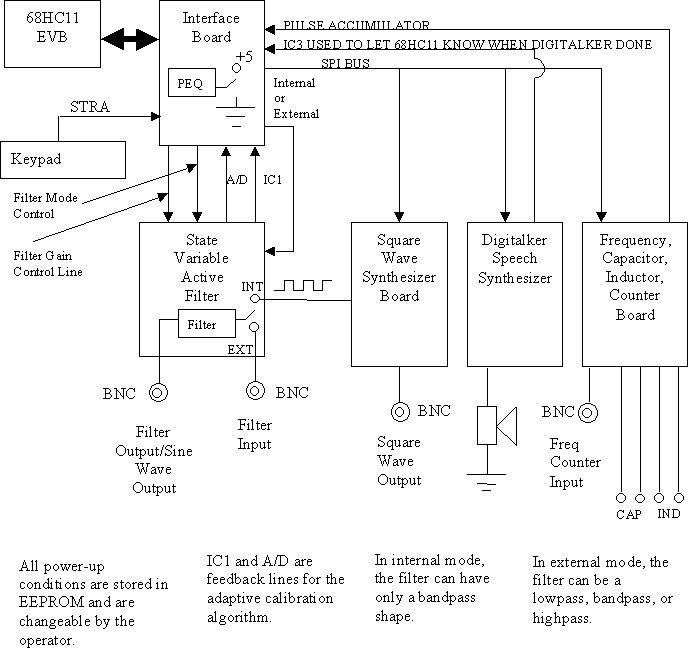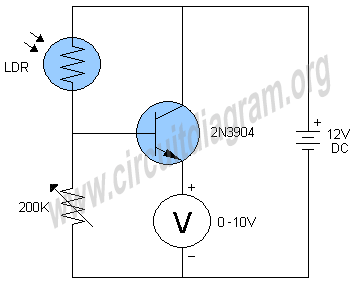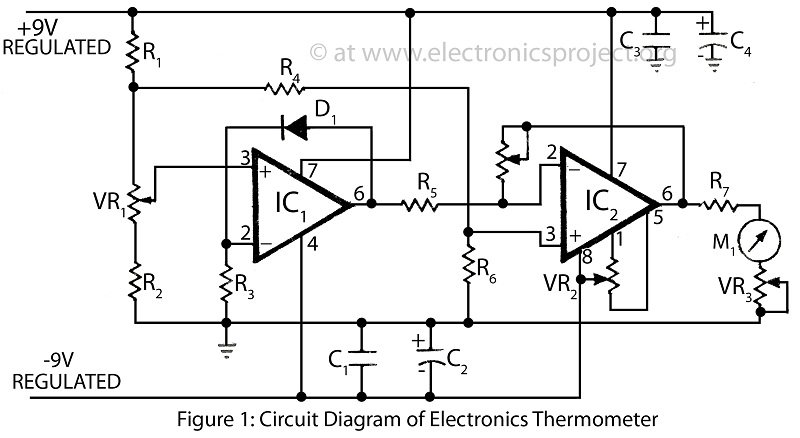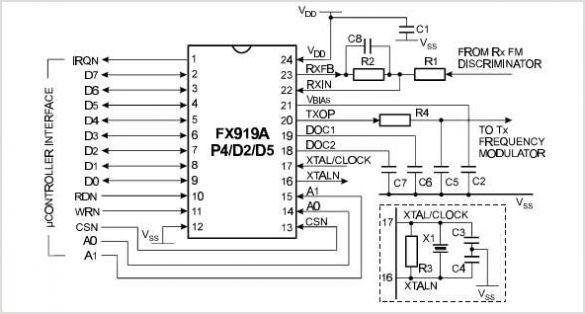
Sound Level Meter
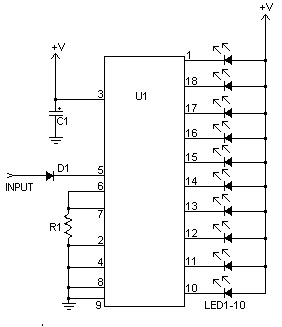
This sound level meter serves as an effective one-chip replacement for standard analog meters. It is entirely solid-state, ensuring durability and longevity. The circuit is built around the LM3915 audio level integrated circuit (IC) and requires only a minimal number of external components.
The sound level meter utilizes the LM3915, a versatile LED bar graph or LED dot display driver, which is designed to provide a visual representation of audio levels. The IC operates on a wide voltage range, typically between 3V and 25V, making it suitable for various applications. The configuration allows for either a bar graph or a dot mode display, depending on the external connections made to the IC.
To implement this circuit, a few essential external components are needed. These typically include resistors to set the reference voltage for the IC, capacitors for filtering and stability, and LEDs for visual output. The LM3915 can drive up to ten LEDs directly, providing a clear and straightforward indication of sound levels.
The circuit can be powered by a simple battery or a regulated power supply, depending on the intended application. The input signal can be taken from a microphone or any audio source, which is then processed by the LM3915 to generate the corresponding visual output. An optional preamplifier stage may be added to enhance the performance, especially in low-level audio applications.
Overall, this sound level meter circuit is an efficient solution for monitoring audio levels in various environments, such as sound engineering, broadcasting, or personal audio systems. Its solid-state design ensures reliability, while the simplicity of the circuit promotes ease of use and integration into existing systems.This nifty sound level meter is a perfect one chip replacement for the standard analog meters. It is completely solid state and will never wear out. The whole circuit is based on the LM3915 audio level IC and uses only a few external components. 🔗 External reference
The sound level meter utilizes the LM3915, a versatile LED bar graph or LED dot display driver, which is designed to provide a visual representation of audio levels. The IC operates on a wide voltage range, typically between 3V and 25V, making it suitable for various applications. The configuration allows for either a bar graph or a dot mode display, depending on the external connections made to the IC.
To implement this circuit, a few essential external components are needed. These typically include resistors to set the reference voltage for the IC, capacitors for filtering and stability, and LEDs for visual output. The LM3915 can drive up to ten LEDs directly, providing a clear and straightforward indication of sound levels.
The circuit can be powered by a simple battery or a regulated power supply, depending on the intended application. The input signal can be taken from a microphone or any audio source, which is then processed by the LM3915 to generate the corresponding visual output. An optional preamplifier stage may be added to enhance the performance, especially in low-level audio applications.
Overall, this sound level meter circuit is an efficient solution for monitoring audio levels in various environments, such as sound engineering, broadcasting, or personal audio systems. Its solid-state design ensures reliability, while the simplicity of the circuit promotes ease of use and integration into existing systems.This nifty sound level meter is a perfect one chip replacement for the standard analog meters. It is completely solid state and will never wear out. The whole circuit is based on the LM3915 audio level IC and uses only a few external components. 🔗 External reference
Warning: include(partials/cookie-banner.php): Failed to open stream: Permission denied in /var/www/html/nextgr/view-circuit.php on line 713
Warning: include(): Failed opening 'partials/cookie-banner.php' for inclusion (include_path='.:/usr/share/php') in /var/www/html/nextgr/view-circuit.php on line 713
